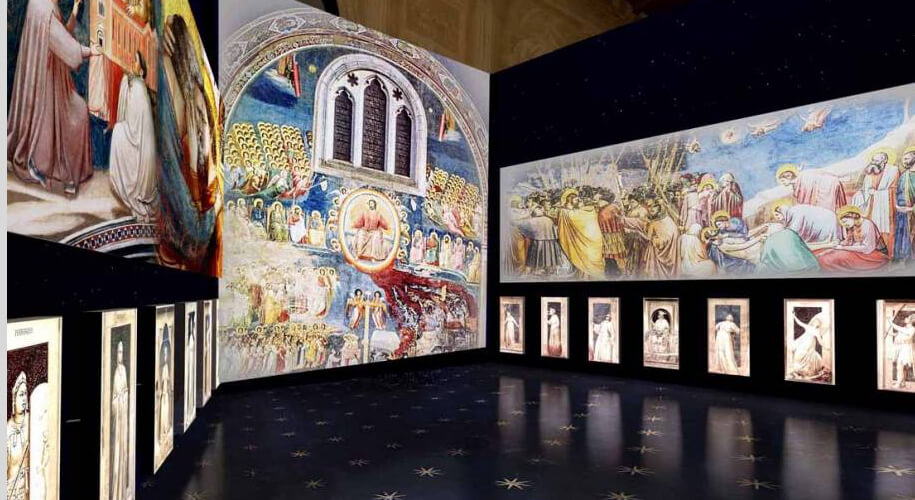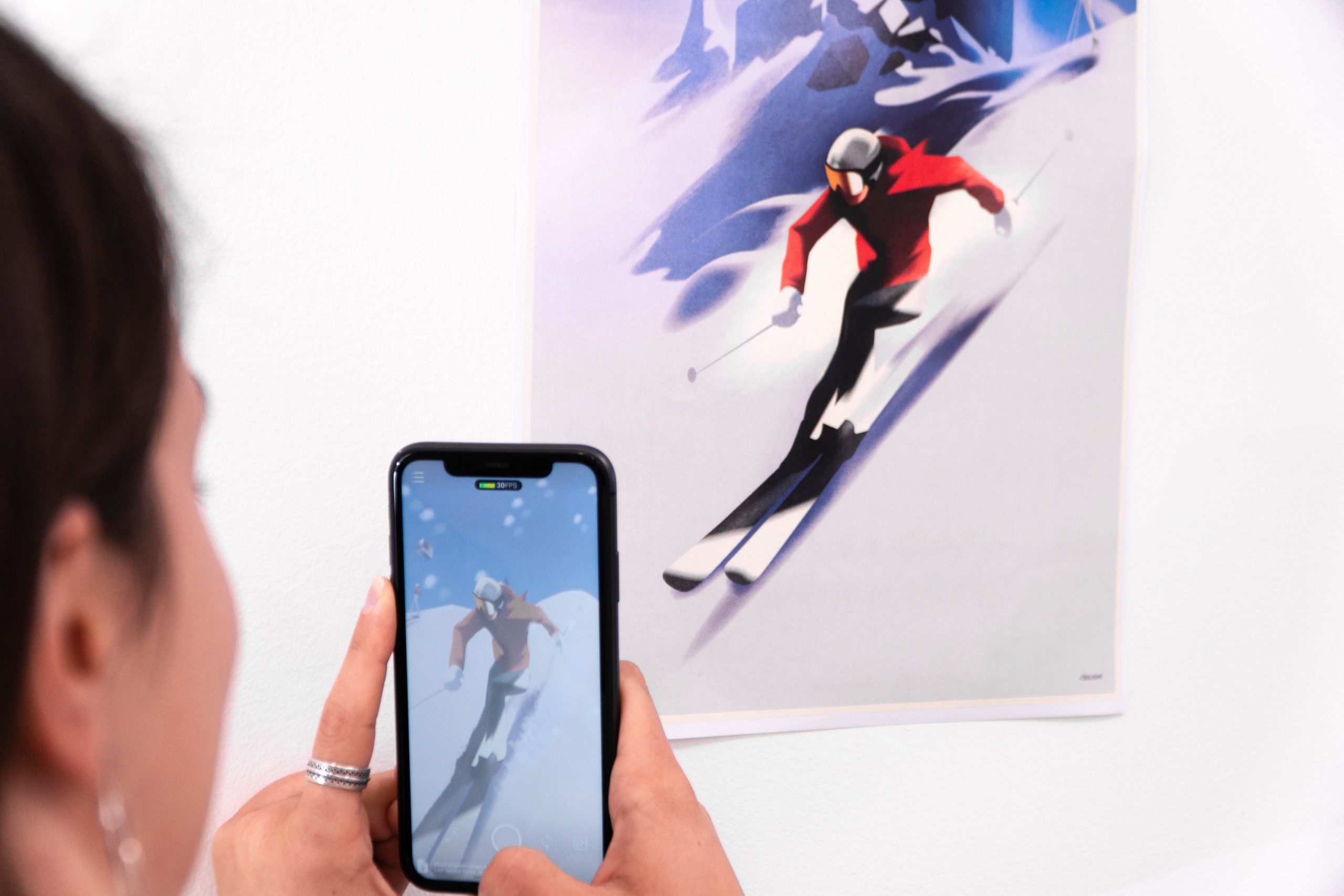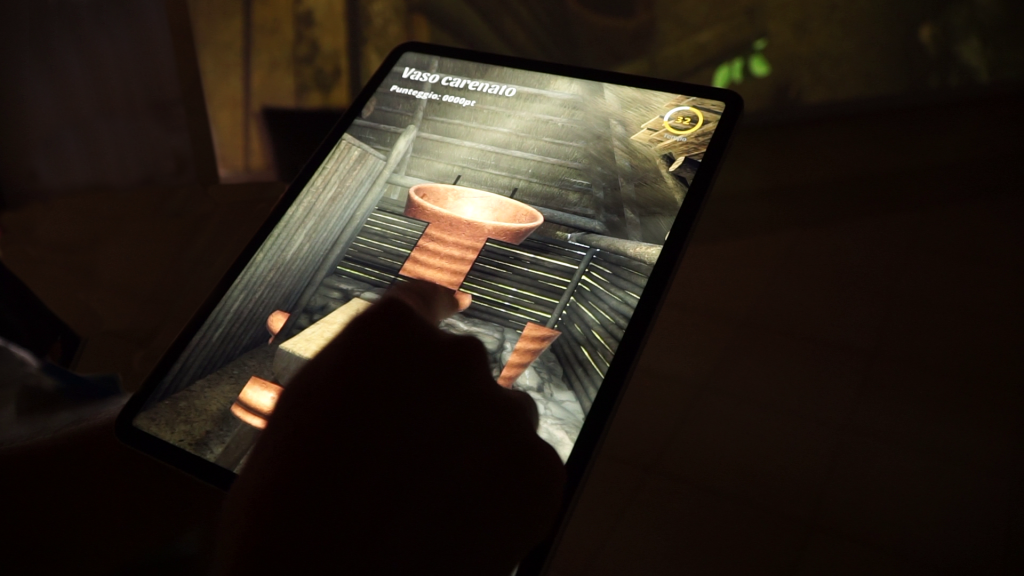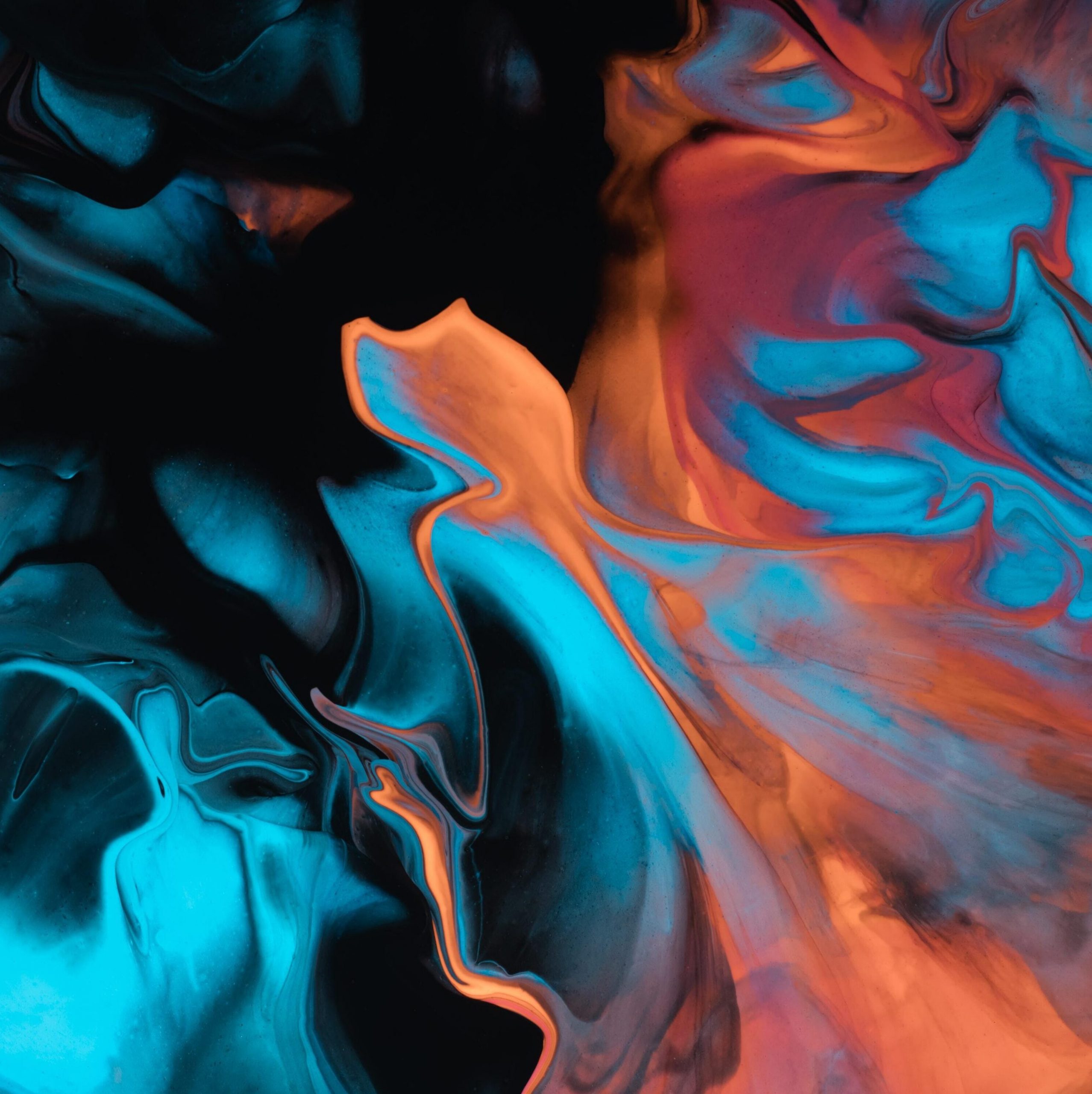XR Technologies for Cultural Heritage
They affect our way of relating to the world, stimulate the senses, and create a satisfying user experience. Perception and imagination are their main targets.
XR technologies make it possible to break down distances, revolutionizing our way of engaging in traditional activities. They offer the possibility of overcoming physical and architectural barriers, democratizing experiences and events by opening them up to a vast and diverse audience.
Today, we are constantly encouraged to change our habits and seek new strategies to engage in the activities we love. That is why Immersive Technologies are becoming increasingly widespread and helping us to innovate our behaviors, especially with Culture, that has been receptive to Virtual Reality and Augmented Reality applications for years.

XR and Museums: Innovative UX
Interactive experiences, games, and virtual tours are some of the contents that can be integrated into a museum visit, demonstrating the versatility of Extended Reality technologies.
They innovate the User Experience of visitors, offering highly engaging situations. With Augmented Reality paintings and sculptures come to life from the screen of a smartphone, and stimulate users’ curiosity, inviting them to observe details they might not have noticed before.

On the other hand, Virtual Reality – that is traditionally associated with the world of entertainment and gaming – is a tool for both creative and practical activities. VR often appears in the form of highly engaging and immersive exhibitions, with a powerful emotional impact. It is not uncommon to discover wall screens projecting paintings, allowing users to dive into the artwork. Solutions like these emphasize user participation, stimulating sensations and emotions.
Augmented Reality for Animations and Artworks
AR systems have rightfully entered among the most commonly used technologies in the art sector. More and more museums are investing in creating Augmented Reality filters that encourage users to experience exhibitions in an active and participatory way.
When we enhance an artwork we experience it beyond its physical limitations: starting from a very precise scan of the object through photogrammetry, we create a 3D model on which all sorts of effects can be added, based on our objective. With AR, three-dimensional reconstructions can be projected into the surrounding space, offering detailed visualizations of the texture of paintings and much more.

Today there are tools for creating feature-rich AR effects and dynamic social media filters. One of them is SparkAR Studio, a professional-grade tool for creating Augmented Reality content perfectly integrated with the major social media platforms in use: Facebook and Instagram. AR filters of this kind surprise users with creative and graphically refined solutions, easy to use and shareable with friends.
Museums that adopt these technologies not only enrich and enhance their offer, but they also engage with new generations. Immersive Technologies make museums places where you can learn and have fun. Moreover, they become places to come back to.
XR Technologies in Museums: the Refettorio Palladiano
On several occasions, we have collaborated with cultural institutions to create immersive experiences capable of stimulating interest and curiosity. For Ca’ Foscari University of Venice we developed two Extended Reality experiences applied to specific paintings: The Wedding at Cana and Portrait of a Lady.
In the first case, we focused on a filter that explored the concept of Diminished Reality. We told the story of a painting, The Wedding at Cana, originally made for the Refectory of the Convent of San Giorgio Maggiore, which, due to the raids carried out during the Napoleonic Wars, is now exhibited at the Louvre Museum in Paris.
We have thus created an AR filter that allows the user to visually perceive the impact of the missing painting: by framing a specific marker, located in the Refettorio Palladiano, the 3D artwork dissolves in front of the viewer, who knows about its fate through textual messages. The observer sees the emptiness caused by the lack of the painting, a choice that engages with its emotions and make him reflect on the interconnection between a painting and the space around it.
Ritratto di Signora
Anche Portrait of a Lady è una soluzione di Realtà Aumentata nata dall’esigenza di raccontare la storia di un’opera d’arte: il filtro AR fornisce una narrazione per immagini di come il dipinto – Ritratto di Signora – sia stato realizzato sopra un’opera precedente, che si riteneva perduta: Ritratto di Ragazza.

The 3D object offers a dynamic and interactive experience: by pointing a mobile device at the artwork, the user witnesses its infrared scanning, culminating in the revelation of the original painting, demonstrating how it differs from the final one. The visual solution informs the user about the genesis of the painting they are facing. The AR filter brings us closer to the world of Art, through a visual storytelling experience that can be enjoyed with a smartphone.
Bostel di Rotzo
For the Altopiano dei Sette Comuni Museum, we have carried out a renovation of the visitor experience through Extended Reality technologies. Our goal was to create a didactic-educational user experience for enhancing the local cultural heritage through immersive technologies and gamification strategies.

We have adopted impactful communication systems based on direct user engagement. Some of the solutions we developed include AR minigames, immersive projections, and mobile apps to support visitors during their visit. Among these solutions there is an educational VR Escape Room, a collaborative experience designed for school groups and visitors.
One user wears a headset and interacts with the room while the others see mini-games projected on the walls. By solving these puzzles, participants uncover clues to give to the user wearing the headset, who needs them to solve other mini-games.
Solutions of this kind encourage collaborative engagement, increase visitors’ interest, and make the visit memorable. The mixture of gamification and XR technologies in museum contexts creates new exciting experiences.
